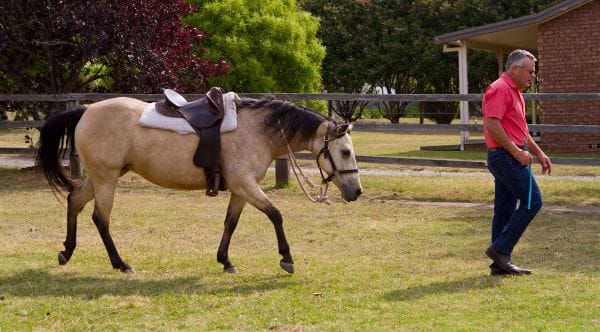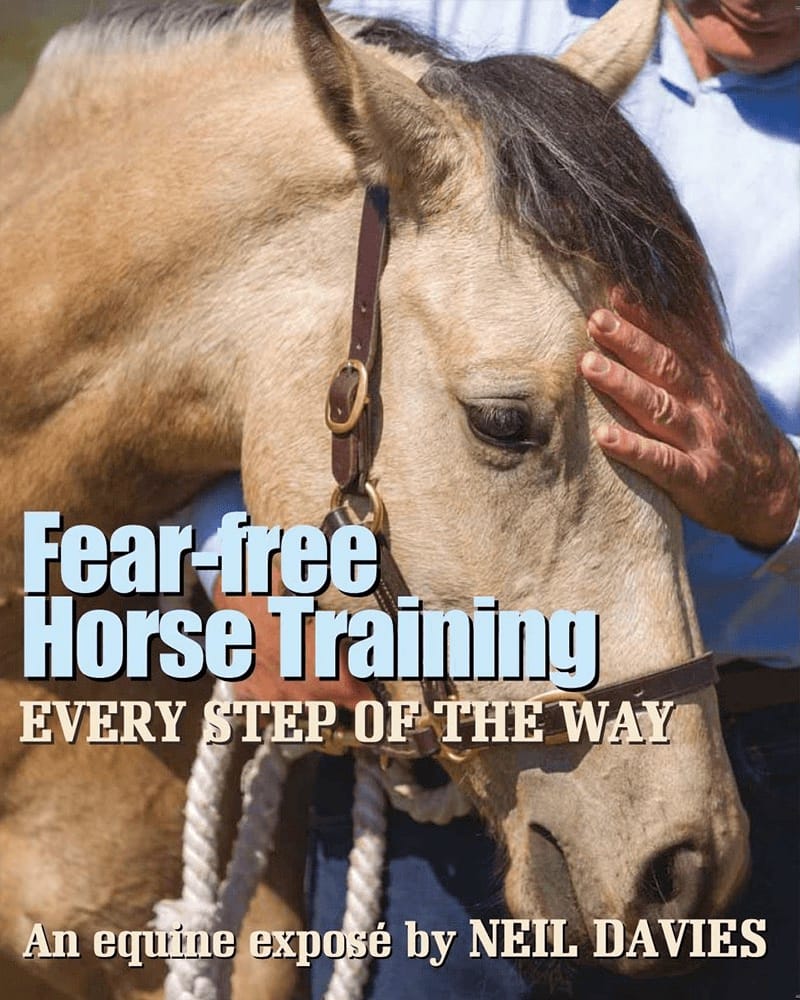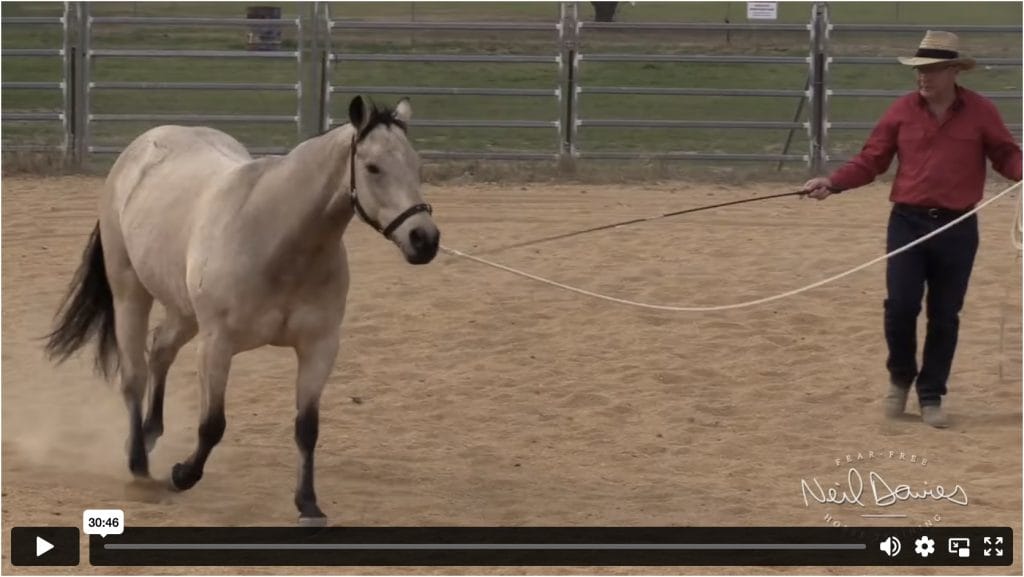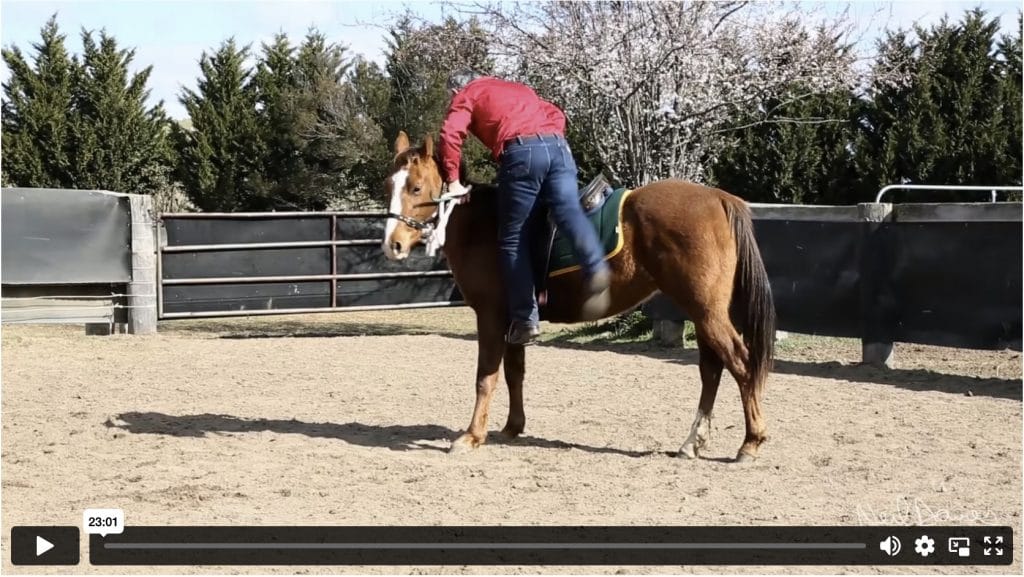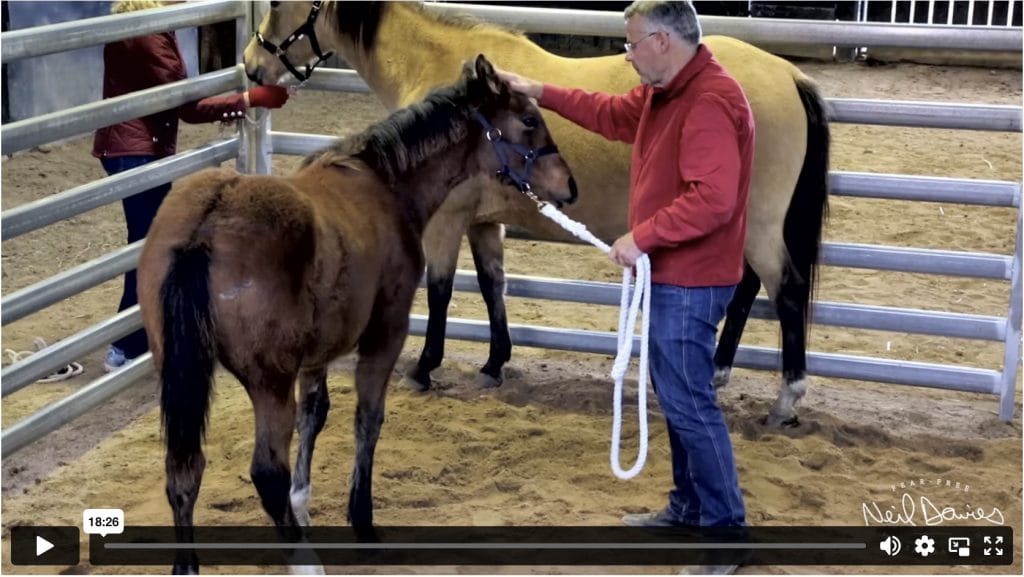Question:
I recently bought an 11-year-old TB gelding with a potentially dangerous habit.
This horse is a bit high energy, but he generally behaves well both on the ground and
under saddle.
The problem comes when I turn him out after riding him.
As we approach the gate to his paddock, he rushes up to it.
He will not stand quietly while I open it, and once inside it is a struggle to get the halter removed before he runs off.
He sometimes pulls so forcefully that I cannot keep my grip on the rope, and I have no choice but to let go for fear of being dragged.
He behaves this way whether or not his buddies are already in the paddock.
I would like to be able to lead him calmly to the gate, through it, and then turn him to face me so I can let him go quietly before he moves away.
There seems to be a lot to contend with here, including herd mentality, his desire for the freedom of turnout and his sheer strength when he decides it’s
time to go!
How can I break this habit and get a safe, well-mannered horse at the gate?
Answer:
What you want to do must always be more important to your horse than whatever he wants to do.
This must include leading him back to his paddock
You must go back to basics and teach your horse to do as you ask one hundred percent of the time.
Remember that every horse – even a Shetland pony – is stronger than you and me.
The only way that you can control any horse is to convince him that it’s easier to do what you want, rather than what he wants.
At the moment, your horse knows he can pull away from you when you take him back to the gate.
You must convince him otherwise.
When a horse gets excited, one of the first things he does is speed up.
The problem is the first fast step that your horse takes.
If you can teach him to walk exactly where you ask, at the speed you ask, all your problems will be over.
You must go back to basics and gain control of your horse on the ground.
Start in a small yard where he can’t pull away from you.
Teach you horse to walk a circle around you in either direction.
He must walk exactly where you ask, at the exact speed you ask.
Next, walk in the normal leading position and teach your horse to walk alongside you.
Practise this on both sides of your horse and in both directions.
Your horse must concentrate on moving exactly where you ask, at the exact speed you ask.
When you can do this in the small yard, move into a larger area.
You must have an exact plan of where you want to walk.
You must also have an exact speed to walk.
Your horse must concentrate on these simple things.
My Fear-free Fundamentals Online Clinic shows the importance of these three simple things.
Immediately your horse tries to move faster or take a different line, make things unpleasant for him by applying pressure on his headstall.
When your horse does as you ask, make things easy and pleasant for him by not pulling.
Spend a number of lessons working on these simple tasks.
When your horse responds well, lead him around the paddock.
When you feel you have control, walk towards the gate.
Remember, your horse must move exactly where you ask, at the exact speed you ask.
One step off-line or one step faster than you ask is one step too many.
Before your horse speeds up or moves off-line, turn and walk away.
Walk around and let your horse relax for a while, then again move towards the gate.
This time, move a little closer to the gate before you turn and walk away.
Repeat this process over a number of lessons before you walk all the way to the gate.
Eventually you’ll be able to walk all the way to the gate under your terms.
Don’t try to go through the gate the first few times you reach it.
Spend more lessons walking to the gate and walking away again.
When you feel you have control, open the gate and move through it at your speed.
Before you let your horse go in the paddock, practice taking his headstall off in a yard.
Leave the lead-rope around his neck, so you can hold him if he pulls away.
Make sure your horse stands as you remove the headstall.
Spend time rubbing his head and neck before you remove the lead-rope from his neck.
Repeat this for at least ten days before you take him to the paddock to let him go.
When you do let your horse go in the paddock, use the same process and remove the headstall with the lead-rope around his neck.
Spend time rubbing his head and neck before you remove the lead-rope.

